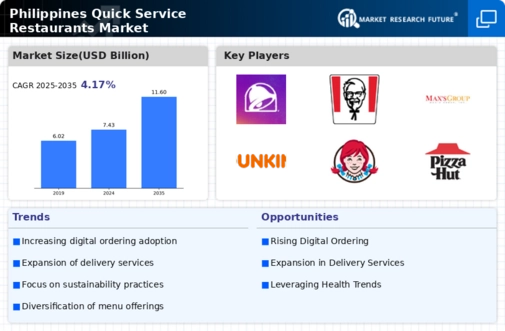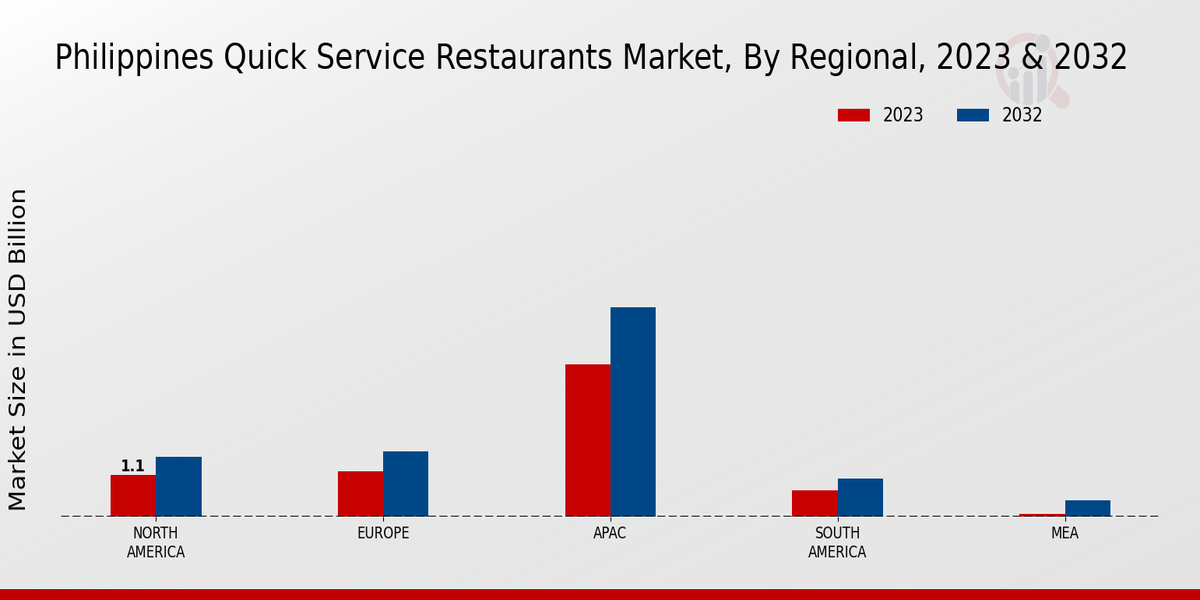The Philippines Quick Service Restaurants Market has witnessed significant growth and competition in recent years, driven by evolving consumer preferences, rising disposable incomes, and urbanization. This market segment is characterized by a diverse range of quick-service dining options that cater to the fast-paced lifestyle of the Filipino population.
Emerging trends in the market include an increased focus on digital ordering and delivery services, catering to the demand for convenience. Additionally, local and international players alike are forging ahead by introducing innovative menu items and enhancing customer experiences.
As they navigate this dynamic landscape, companies must leverage competitive insights to position themselves effectively, responding to the growing appetite for flavor diversity and quick meal solutions among consumers.
In this competitive arena, Taco Bell stands out due to its unique positioning and menu offerings, which highlight its blend of Mexican-inspired cuisine. Taco Bell's strengths lie in its innovative marketing strategies and ability to adapt local flavors to satisfy Filipino tastes.
The brand's focus on value-driven meals and customization options resonates well with the market demographic. Taco Bell's strategic location placements in urban centers enhance its visibility, making it an attractive choice for customers seeking quick, satisfying meals.
Moreover, its consistent introduction of exciting promotional campaigns supports brand loyalty and appeals to the younger customer segment, setting it apart from other competitors in the quick-service restaurant landscape.
KFC, on the other hand, has established itself as a robust player in the Philippines Quick Service Restaurants Market by leveraging its strong brand heritage and product offerings. Known for its fried chicken, KFC has successfully connected with local consumers through unique adaptations of its menu that incorporate Filipino flavors, such as rice meals and dipping sauces.
The brand's emphasis on quality and hygiene has garnered customer trust, particularly in a post-pandemic context where safety is paramount. KFC's widespread presence, along with its strategic partnerships for delivery services, has further expanded its reach and accessibility.
The company's marketing campaigns often emphasize comfort food and family meals, effectively tapping into the Filipino culture of dining together, which bolsters its popularity in the market.

























Leave a Comment